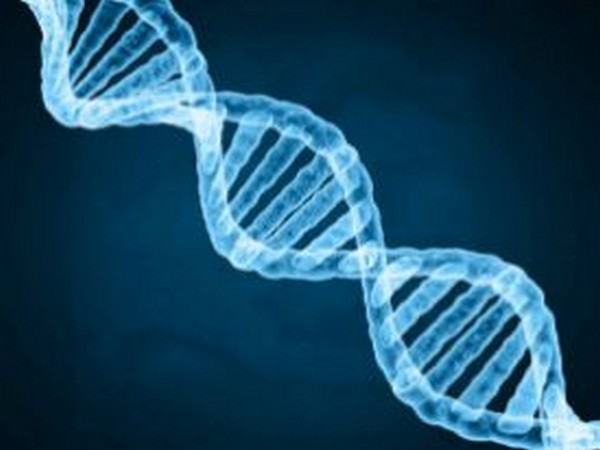Gene responsible for increased risk of infantile fragility found
A new research from Boston University School of Medicine (BUSM) has claimed to have found the gene that causes intrauterine fracture in the uterus of a mother-to-be.

- Country:
- United States
A new research from Boston University School of Medicine (BUSM) has claimed to have found the gene that causes intrauterine fracture in the uterus of a mother-to-be. Researchers reported the new genetic cause, unrelated to osteogenesis imperfecta (OI), for the 23 fractures that occurred in-utero to a mother with Ehlers-Danlos syndrome (EDS) hypermobility type.
An intrauterine fracture is a rare finding during routine prenatal imaging. This condition can be due to maternal trauma, genetic disorders of the skeleton, as well as other predisposing maternal metabolic and vascular disorders. Genetic disorders that have previously been reported to cause intrauterine fracture include brittle bone disease OI, osteopetrosis, hypophosphatasia and EDS. EDS is a disease that weakens the bones and connective tissues of your body. It can make joints lose and skin thin and easily bruised. It also can weaken blood vessels and organs. There are 13 types of EDS. The most common, and generally considered the least severe, is hypermobile EDS (hEDS). While there are genetic tests for some subtypes of EDS, no genetic test has been developed for diagnosing hEDS.
Following the birth, the mom, infant and dad were enrolled in BUSM's Ehlers-Danlos Clinical Research Program. After evaluation of the family, including documenting the medical history and physical findings, DNA samples were taken from each of them. The DNA was evaluated and confirmed that the infant had no pathologic genetic mutations associated with OI. However, several new gene mutations including one gene, CCDC134, that has been identified as causing bone fragility, was identified in the infant.
According to the researchers, this case report clearly demonstrates that there is at least one other genetic cause for infantile fractures other than OI and child abuse (non-accidental trauma) that is associated with EDS. "Therefore we are recommending that the additional gene we identified as being the likely cause for this infant's fractures, be included in the genetic panel for bone fragility and that careful consideration be given for other causes of infantile fractures other than OI and non-accidental trauma," said corresponding author, Michael F. Holick, PhD, MD, professor of medicine, physiology and biophysics and molecular medicine at BUSM.
While acknowledging that child abuse is a serious problem that needs to be dealt with appropriately, Holick believes misdiagnosing child abuse can also have devastating long-term consequences for both the child and the parents. "If this infant were brought into the hospital with an upper respiratory tract infection at eight weeks of age, an x-ray of his chest would have revealed healing fractures of his arms and multiple healing fractures of his ribs. A skeletal survey would have revealed the healing fractures in both his legs. He would have been tested and found not to have OI, and therefore the diagnosis for the fractures would have been that they were caused by non-accidental trauma. The child would have been immediately removed from the care of his parents and the parents would have been accused of felony child abuse. It is hoped that this case report will now give reconsideration for diagnosing child abuse solely based on x-ray findings of a fracture or fractures with a negative genetic test for OI," he said.
Holick stresses that better understanding how this pathologic genetic mutation affects the skeleton to cause fractures provides the scientific community with the ability to develop new strategies for treatment. "We will be able to develop new approaches not only for treating bone fragility in infants with this genetic disorder but also for treating bone brittleness associated with osteoporosis, which is associated with an enormous cost both in terms of quality of life and medical expenses," Holick said. (ANI)
(This story has not been edited by Devdiscourse staff and is auto-generated from a syndicated feed.)










